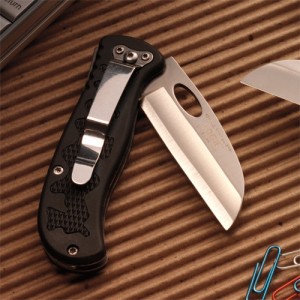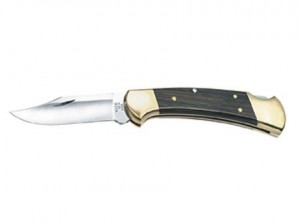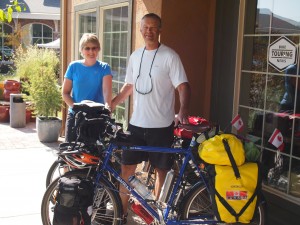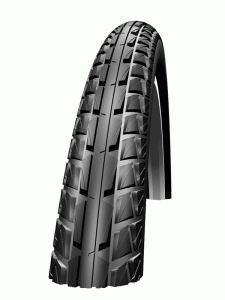
I enjoy reading the posts and looking at the pictures on the Pondero blog. The latest post happens to be a review of the Schwalbe Marathon Dureme tire. Check it out and look at some of his other articles while you’re at it. Good stuff.
I copied the following from the Road Bike Rider website. While not normally a great source of information for the touring bicycler I think the question and the reply at least provide a starting point for a reasoned decision about tire selection.
Are 25mm Tires Better than 23mm Tires?
Question:
I found out yesterday from my LBS owner that I’m apparently late to the party moving up to 25mm tire width. I’m told all the pros have switched. Is this why I’ve been able to buy 700X23 tires on-line so reasonably? – Seth S.
Coach Fred Matheny Replies:
Yes, there has definitely been a move toward wider road tires, and I suspect that’s why shops and websites are putting 23s on sale.
A number of studies, most notably by Jan Heine in Bicycle Quarterly (www.bicyclequarterly.com), have shown that wider tires roll faster on all but the smoothest pavement if the tires have supple casings.
Wider tires also tend to be more comfortable because of the increased air volume and because they don’t have to be inflated as much to avoid pinch flats. They corner on bumpy pavement better because they don’t bounce around on the rough asphalt like narrow tires tend to do if they are inflated hard.
The weight difference between the same tire in a 23 and a 25 — or even 28 — is minimal. The extra few grams are more than compensated for by increased comfort and performance.
The only drawback is that many race-oriented frames won’t accept anything larger than a 25, or in some cases a 23. Manufacturers are remedying this, in large part because pro racers in events like Paris-Roubaix that features rough pavement and cobblestones are going to wider rubber. A good example of a carbon race-oriented bike that can handle a 28 is the Specialized Roubaix.
I’m a convert. I’m running Michelin Pro Race 25s (which are more like 28s) and Conti 4Season Grand Prix 28s on all my bikes except my old Litespeed Vortex, which will only handle 25s. I made the switch some years ago due to the extremely rough pavement here in western Colorado. We have a variety of chip seal, potholes, convex patches and grass-filled cracks, but while narrow tires beat me up, 28s smooth things out considerably.
I haven’t noticed any difference in speed — maybe a slight increase — but the added comfort is what sold me. I used the Conti 28s on the Pacific Crest Tour this summer and even on the relatively smooth pavement of Washington and Oregon, they made a significant difference in efficiency over the two-week event.
And while we’re at it the Schwalbe tire company has a page about tire size and rolling resistance. It’s interesting to note that, at a given pressure, a wider tire has less rolling resistance than a skinny tire. Obviously a skinny tire can be inflated to a higher pressure but the trade off is a less comfortable ride.
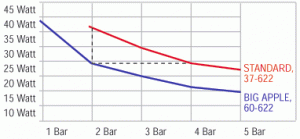
So don’t just assume that replacing the tires on your mountain bike or touring bike with some skinny, punishing race tires will make your commute better. Might want to consider the construction and tread pattern too. Maybe a little wider tire will still allow you to punk the other commuters on your route and yet not beat you up before you even get to work!


